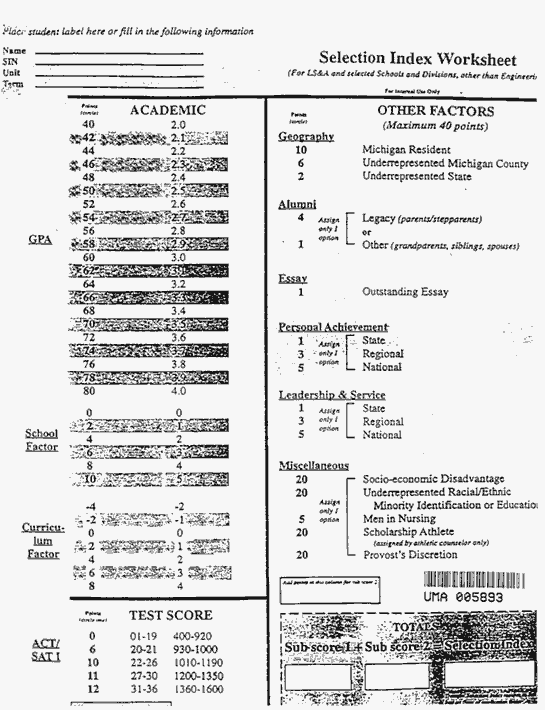1. View these two reports (1) Children’s Attitudes Toward Skin Color and (2) Children’s Perceptions of Race and Friendship. Are you surprised by the findings? What are the consequences of the children’s perceptions? How might they be reduced?
__________________________________
2. Go to PBS’s webpage “Race – The Power of an Illusion” and take the “Sorting People” exercise (it will take less than 10 minutes). Here, you will match up 20 photographs with 5 different racial categories. Clicking on a photo enlarges it and you should then make a decision as quickly as possible – do not “overthink” your decision, simply drag the photo into the appropriate category. You can make changes if you find that a category is already filled up but want to move another person into it. When you have finished, click “next” to see how many of your decisions were correct. When you click on those who were you mistakenly put in the incorrect category, information on their identity will be provided. How many did you correctly assign to their proper category? How do you account for the mistakes that you have made? What are the implications of people making such errors?
___________________________________
3. Many people of color argue that the most lethal, deadly, toxic form of racism that they experience does not come from white supremacist or neo-Nazi groups but, instead, comes from white people who consider themselves to be kind, loving, caring, decent folks who are not conscious of their biases. Agree or disagree, referring to the class readings as well as your personal experiences.
_____________________________________
4. John Macionis, the author of your text, discusses the issue of whether Affirmative Action Programs are a solution or a problem (page 294 in the 12th edition). Consider the "Selection Index Worksheet" (see below) used by the University of Michigan before the Supreme Court ruled on whether race could be used as a factor in college admissions. You will note under the heading "Miscellaneous" that "Underrepresented Racial/Ethnic Minorities get 20 points simply for their racial designation - regardless of their academic qualifications. You will see that "Scholarship Athletes" also get the same 20 points regardless of their academic qualifications, but no one seems to be suing over this. Note, too, that individuals from affluent backgrounds get more points, as compared to those less affluent, by simply attending the schools in their neighborhood, regardless of their grade point average and other academic factors. If you look at the two extremes - look at the points allocated for the best and worst High Schools applicants attended under "School Factor" (which is the prestige of the H.S.) and "Curriculum Factor" (the inclusion of Advanced Placement classes) - you will see a difference amounting to 22 points - more than the 20 points given for race!
Was the admissions process - and other institutional selection procedures - originally a fair, equitable process before the inclusion of race, which is now made unfair because of race? Where do you stand, and why?

_________________________________________
5. Read the report on racial profiling in Texas. What do you think about this issue and these results?
_____________________________________
6. Read Lisa Wade and Gwen Sharp's "flesh-toned" in which they argue that the marginalization of people of color is reflected in our language describing skin. What do you think?

